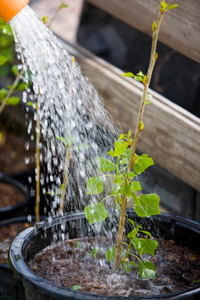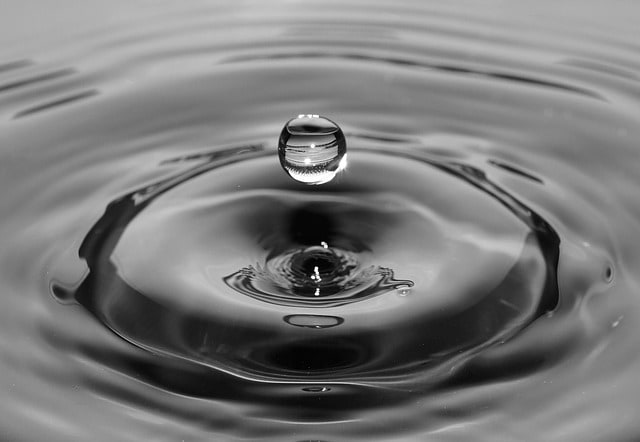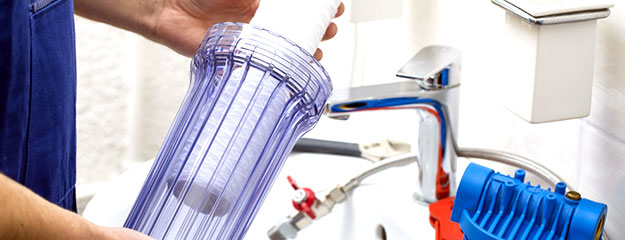To understand how gray water is absorbed by soil and plants, imagine emptying your backpack on the subway. That pile of stuff is much like gray water. It consists of various items that are useful or useless to the environment you introduced them to. There are certain items that will lie untouched — perhaps your smelly gym clothes or a really boring book. Plants and soil are much like the other train commuters. They’re ready to snatch the items they have the most use for and leave the less attractive ones behind.
Plants and soil work hard to break down gray water. Soil filters out many contaminants through a basic process:
- As water passes through layers of sand or granulated rock, larger water contaminants are caught in the grit of the dirt’s solids. This process is like straining solids out of soup with a colander, on a smaller scale. (If this sounds far fetched, remember that one key component in commercial water filters is charcoal.) The dirt itself helps filter out nutrients and biodegradable materials, which can then be absorbed by plants and bacteria.
- Microorganisms and bacteria in the ground feed off of carbon and pathogens, leaving water, carbon dioxide and non-polluting insolubles.
- The rest of the water, now purged of major pollutants, is absorbed by plants or seeps down to recharge the groundwater.
It’s important to remember that plant life varies greatly, and some species are unable to deal with the chemicals, salt or acidity levels in gray water. Other plants just call for careful watering and care to begin with. In many situations, drainage from kitchen sinks and dishwashers is too contaminated by grease and high acidity to be used at all. Read more












